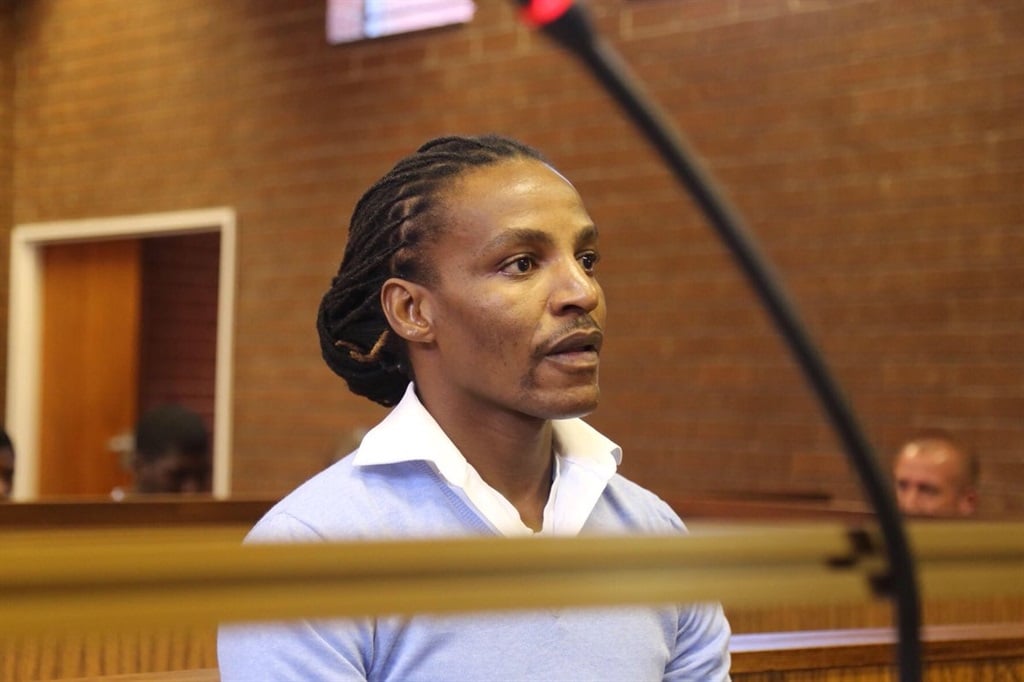
A few weeks ago women of this country unleashed their stealth in raising concerns about gender-based violence through several protests of different types and forms.
As my current memory refers, thousands of women packed the streets in what was a taunting exercise aimed to demonstrate through thought, action and semantics, the current state of frustration on the subject of gender-based violence.
In some of these semantics was a slogan termed “My body is not a crime scene”.
It is in this case that the woman’s body was personified as anything that law enforcement officers would find in a crimsoned crime scene; a crime scene where death, bruises and the pelting of fists on flesh could have occurred.
The imagery of women’s bodies in crime scenes of all forms of gender-based violence should make us imagine what the result of gender-based violence can be equated to.
The debate around the personification of women’s bodies as evidence of violations of several kinds is important even in the processes of justice seeking mechanisms.
It is inevitable that women’s bodies often become part of the evidence presented in court (through rape kits and other legal exhibits etc) due to the nature of the crime – gender-based violence.
It is often the violated woman who will be cross-examined about her conduct, her state of being and disposition, thereby reliving the entire ordeal in the court which is supposed bring about justice.
In the process, the violated woman would need to revisit an event that would rather be forgotten while giving evidence to the courts.
Her conduct and intentions would be questioned.
In further illustrating my point, I would like to use the recent rape of kwaito star, Sipho “Brickz” Ndlovu as a case in point.
In this case, the defence inferred that the victim who happened to be a minor (at the time of incident in question) was not a “virgin” when the alleged rape took place.
In more ways than one, this could imply that the victim who was a minor, was somehow “loose” (sexually) forgetting that at the core of the case was the fact that statutory rape may have taken place.
The line of argument by the defence was used to discredit the integrity of the victim.
There are several instances where women get raped because of what they wear, or due to their “loose” conduct, and by default the perpetrator would then argue that the woman asked to be raped.
In any country that aspires to human rights ideals, it be would flawed to argue in court that any woman or girl deserves to be raped due to her conduct or what she wears in public.
Human rights as a practiced discipline should guide our thinking about any form of inference that crosses the line when examining the truth told in a court of law.
It is my view that the Brickz case and many other similar cases where women are laid bare should raise a concern about the possible secondary victimisation which in itself could be defined as a further violation on women’s bodies and their choice of being – their conduct.
The mere idea that the victim in Brickz case was indirectly discredited as “loose” should be seen as a concern if we truly live in a society that adheres to the principles of human rights.
The approach used in determining the truth in the Brickz matter typifies a serious injunction in the adherence of human rights principles in the context of the law of procedure.
The basis to which human rights exist in South Africa follows the supreme law of the country which is the Constitution.
It is also the same Constitution that provides for the Bill of Rights and all of the nuances of equality as a matter of thought and practice.
The idea of challenging a “child victim” (of gender-based violence) in court about her sexual status could further promote unconscious hatred towards women and girls even if the intention was to seek justice as it was the case in the matter of Brickz.
Even if the intention was to seek justice by laying women bare in courts, the same justice seeking mechanisms should not allow prejudice and patriarchal nuances to find expression in the cause of seeking the truth.
The so-called “blindspot” in the case of Brickz occurred when the common thought about how loose women and girls behave became the center of the argument in the matter.
This often happens in several court cases without due regard to the notion of gender rights as a form of human rights.
Much like many other cases where rights of individuals had been violated, victims of gender-based violence need to be afforded those rights, irrespective of whether they are ordered in first or second generation rights.
It is unimaginable that a defence lawyer would argue as a line of defence that the victim of a racial violation deserved to be violated due to his/her conduct and that this should be a source of justification for discrediting the plaintiff.
In other words, it is highly improbable that a legal counsel would argue in court that the plaintiff deserved to be racially violated simply because of their conduct or what the plaintiff was wearing at the time of the violation.
In the same way this should apply in cases of gender violations.
It is important that secondary victimisation in gender related cases should not occur where gender rights are the focal point for a court case as this would further amount to a violation of human rights.
The point is that even though gender rights by convention are not necessarily part of first or second generation of human rights, their standing in legal processes should be deemed adequate.
Gender mainstreaming in the law of processes is important in curbing further violations.
Our failure to do so, would cause a further violation of women’s bodies through patriarchal thinking and approach in a legal setting.
Our failure to do something about this problem will lead to a situation where women’s bodies will forever be violated beyond the imagery of a “crime scene”. The issues that I am advocating for in this instance are more crucial than ever, especially at the present moment when women become reluctant to report gender based crimes and violations.
• Lulama Nare is chairperson of the Commission for Gender Equality




 Publications
Publications
 Partners
Partners








